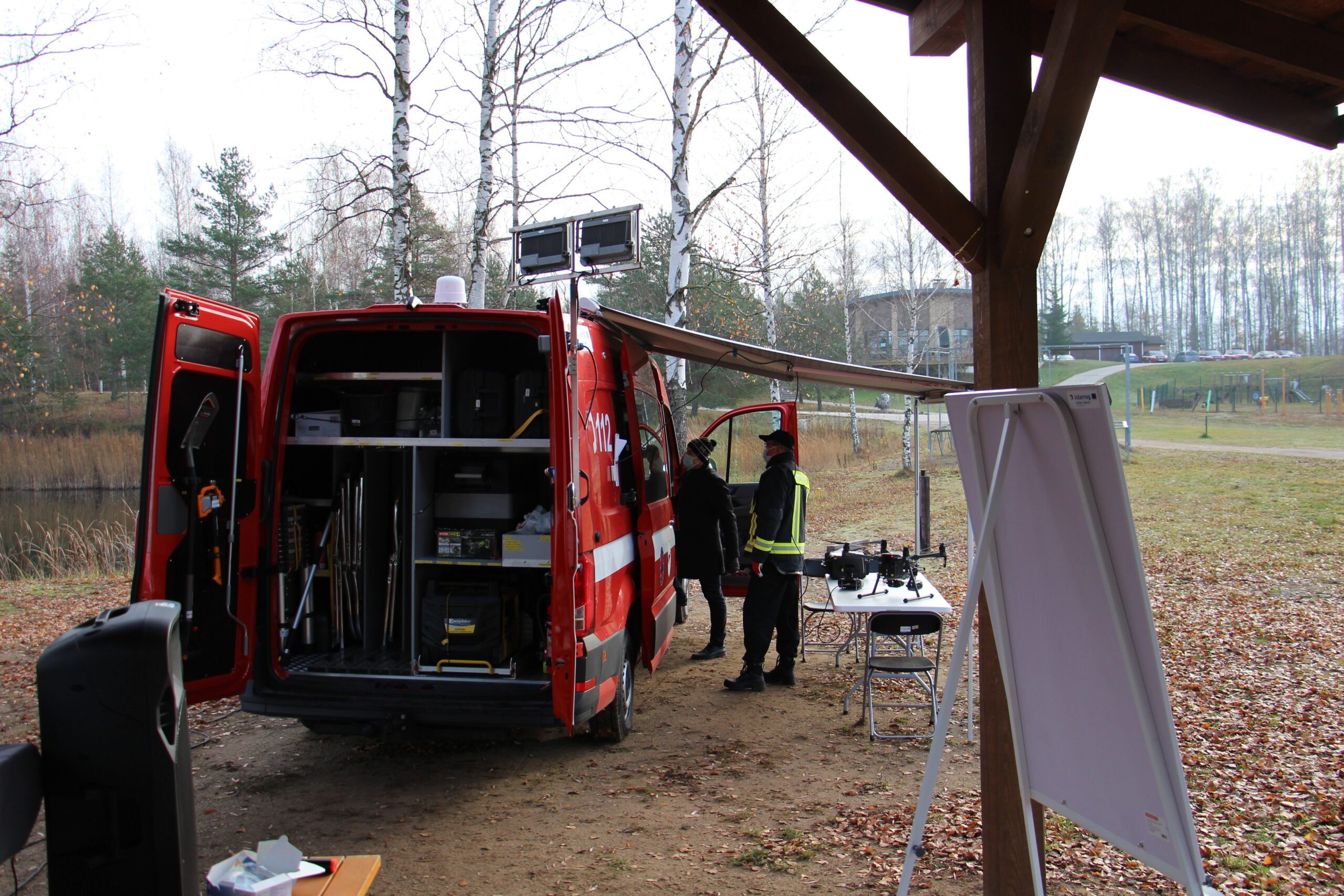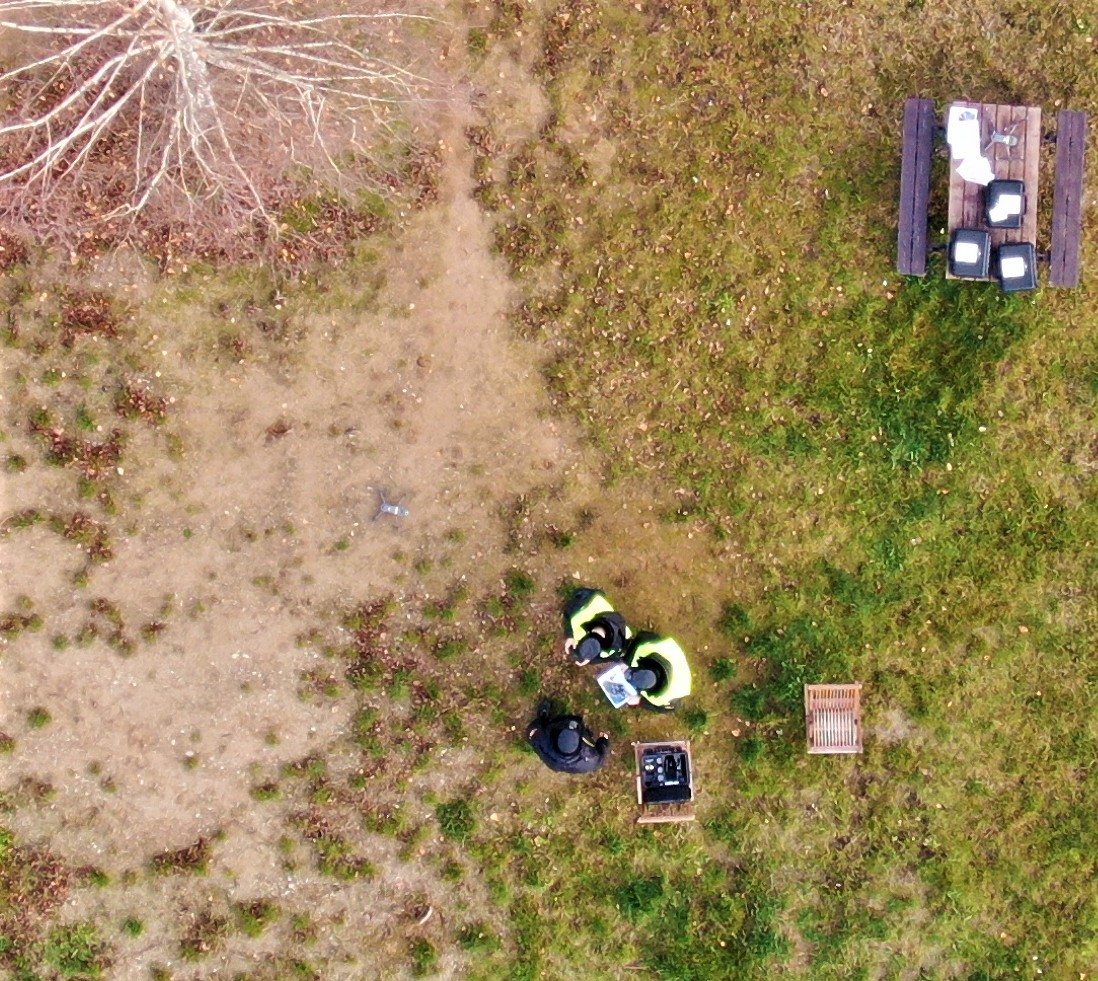22 March 2022
LLI-267 Introducing new technologies in near border emergency combat (EMERG_TECH) Press release
New technologies to combat emergencies will be introduced in Latvian and Lithuanian fire services
The State Fire and Rescue Service in co-operation with the Klaipėda County Fire and Rescue Board is launching the project “Introduction of New Technologies in Combating Border Emergencies”.
The aim of this project is to increase the ability of the fire and rescue services of Kurzeme, Latgale, Riga, Zemgale and Klaipeda, Telsiai, Siauliai, Panevezys, Vilnius and Kaunas regions to objectively assess and promptly respond to natural and man-made disasters. Thus, within the framework of the project, SFRS plans to purchase 18 drones and a staff vehicle adapted for their use, will train five employees in a drone pilot training course, purchase training equipment, as well as organize participation in two days of practical training.
The project “Introduction of New Technologies in Combating Border Emergencies” (EMERG_TECH, LLI-267) is being implemented within the framework of the Latvian-Lithuanian Cross-Border Cooperation Program 2014-2020. The total project cost is 588,228 EUR. The co-financing of the project from the European Regional Development Fund is 499 993.90 EUR, the project must be implemented within two years – until May 31, 2020.
SFRS organizes practical training on the use of unmanned aerial vehicles (drones)
From November 10 to 12, the State Fire and Rescue Service (SFRS) together with the Klaipeda Fire and Rescue Board organizes practical training on the use of unmanned aerial vehicles (drones) in the Interreg V-A Latvia-Lithuania Cross-Border Cooperation Program 2014-2020. within the framework of the project “Introduction of New Technologies in Combating Border Emergencies” (EMERG_TECH, LLI-276). Practical training has a cross-border effect, as it takes place in parallel both in Zemgale region and Klaipeda district according to a common scenario.
The aim of the practical training is to hand over unmanned aircraft to the SFRS structural units for further performance of service functions, as well as to promote employees’ understanding of the capabilities of the drones purchased by the project and their integration into the SFRS daily work, including information on the e-learning system and internal rules.
In the project, SFRS purchased 43 drones: 30 with an optical camera and a thermal camera, 11 with an optical camera and 2 multifunctional drones equipped with a high-resolution thermal camera and a visual visibility camera with optical zoom. The devices are designed to enable firefighters to carry out aerial reconnaissance using an optical or thermal camera. The information obtained from the drone helps to make decisions on the location of resources faster, as well as to identify critical points more quickly, for example, to identify the hottest places in the roof structure of a burning building. The drones are not intended for firefighting, transporting equipment or transporting people.
Officials of territorial and independent structural units of the SFRS are involved in the training, who will learn to use drones in practice, as well as participate in a meeting (outdoors) where the general vision of the SFRS to use drones in the implementation of basic functions will be discussed.





